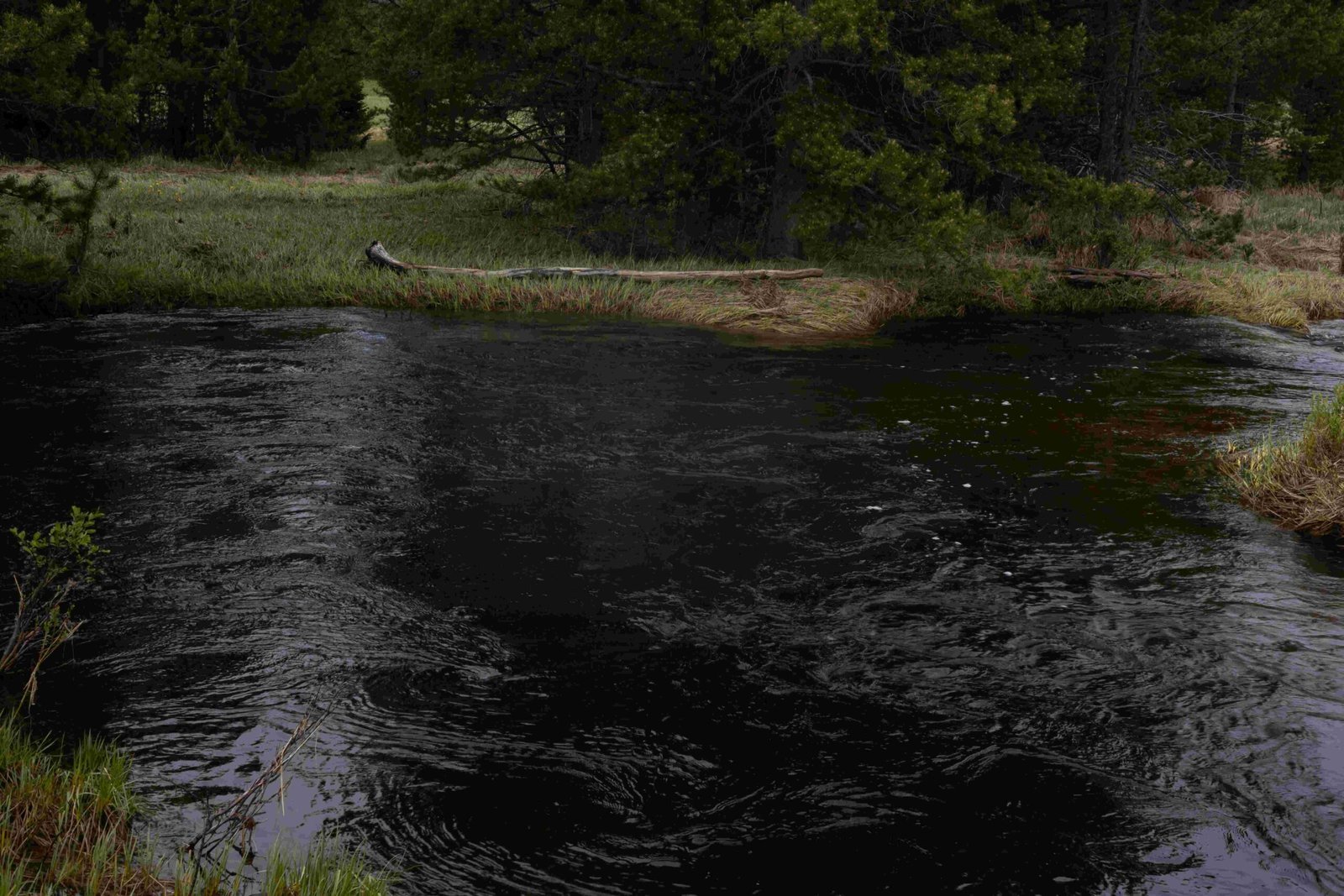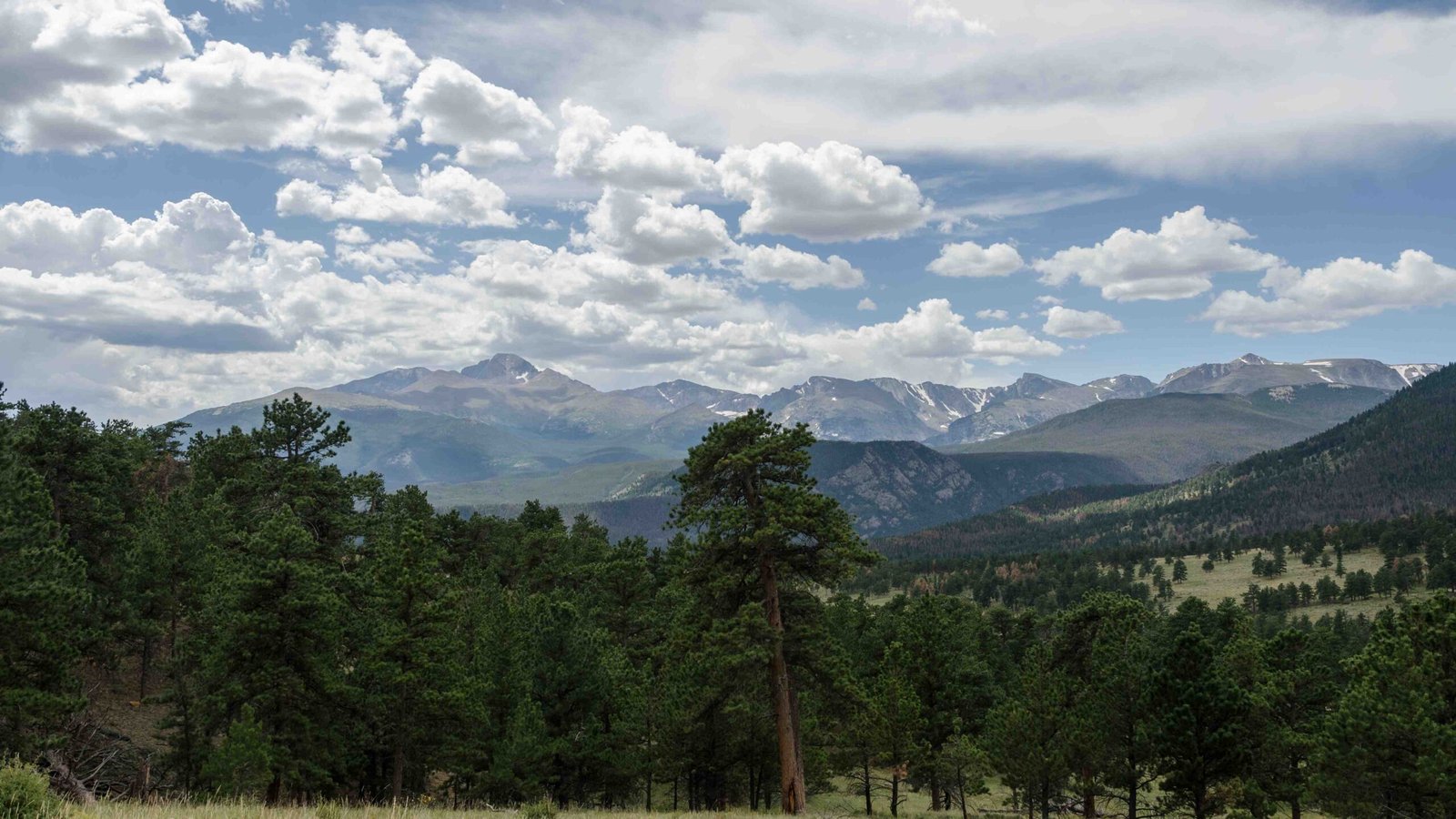Rocky Mountain National Park boasts diverse quartz types, reflecting its rich geological history. From common crystalline quartz in granitic formations to specialized varieties like smoky quartz and rose quartz, the park offers a fascinating glimpse into the region’s mineral composition. These quartz formations, shaped by millions of years of geological processes, provide insights into the park’s complex rock structures and offer unique opportunities for geological exploration and education.
What Are the Main Quartz Types in Rocky Mountain National Park?

Rocky Mountain National Park (RMNP) is home to various quartz types, each with unique characteristics and formation processes. The primary quartz types found in the park include:
- Crystalline Quartz
- Smoky Quartz
- Rose Quartz
- Amethyst
- Citrine
Crystalline Quartz
Crystalline quartz is the most common form found in RMNP. It’s typically clear or white and can be seen in many of the park’s granitic and metamorphic rocks. This type of quartz forms hexagonal crystals and is known for its hardness and durability.
Smoky Quartz
Smoky quartz, characterized by its grey to brown color, is another variety present in the park. It gets its color from natural radiation acting on aluminum impurities within the crystal structure.
Rose Quartz
Rose quartz, with its distinctive pink hue, can also be found in certain areas of RMNP. Its color is attributed to trace amounts of titanium, iron, or manganese in the crystal structure.
Amethyst
While less common, amethyst, a purple variety of quartz, may be present in some geological formations within the park. Its color is due to iron impurities and exposure to natural radiation.
Citrine
Citrine, a yellow to orange variety of quartz, might be found in small quantities in RMNP. Natural citrine is rare, and most commercial citrine is actually heat-treated amethyst or smoky quartz.
Where Can Quartz Be Found in Rocky Mountain National Park?

Quartz can be found throughout Rocky Mountain National Park, but some areas are particularly rich in quartz formations:
- Granitic Outcrops: The park’s numerous granitic formations, part of the larger Pike’s Peak batholith, contain significant amounts of quartz.
- Metamorphic Zones: Areas with metamorphic rocks like schists and gneisses often contain quartz veins or crystals.
- Pegmatite Dikes: These coarse-grained igneous rocks can contain large quartz crystals.
- Quartzite Formations: These metamorphosed sandstones are essentially composed of quartz grains.
| Location Type | Quartz Varieties | Geological Context |
|---|---|---|
| Granitic Outcrops | Crystalline, Smoky | Part of Pike’s Peak batholith |
| Metamorphic Zones | Crystalline, Rose | Found in schists and gneisses |
| Pegmatite Dikes | Large Crystals | Coarse-grained igneous intrusions |
| Quartzite Formations | Microcrystalline | Metamorphosed sandstones |
How Did Quartz Form in Rocky Mountain National Park?
The formation of quartz in Rocky Mountain National Park is tied to the area’s complex geological history:
- Ancient Sedimentary Deposits: Over 700 million years ago, quartz-rich sediments were deposited in shallow marine basins.
- Metamorphism: These sediments were later buried and subjected to heat and pressure, transforming into metamorphic rocks like quartzite.
- Igneous Intrusions: Magmatic activity introduced new quartz through granitic intrusions and pegmatite dikes.
- Uplift and Erosion: The formation of the Rocky Mountains exposed these quartz-bearing rocks at the surface.
What Are the Unique Features of Quartz in Rocky Mountain National Park?
Quartz in Rocky Mountain National Park exhibits several unique features:
- Resistance to Erosion: Quartz-rich rocks like quartzite form steep slopes and ridges due to their hardness.
- Crystal Sizes: Quartz crystals range from microscopic grains in sandstones to large crystals in pegmatites.
- Color Variations: The presence of different impurities results in a range of quartz colors, from clear to smoky to rose.
- Geological Indicators: Quartz formations provide insights into the park’s geological history and processes.
How Can Visitors Identify Quartz in Rocky Mountain National Park?
Identifying quartz in Rocky Mountain National Park requires attention to several key characteristics:
- Appearance: Look for glassy, often transparent or translucent minerals.
- Hardness: Quartz has a hardness of 7 on the Mohs scale and can scratch glass.
- Crystal Shape: Quartz often forms hexagonal crystals or has a conchoidal (curved) fracture.
- Color: While often clear, quartz can be various colors due to impurities.
- Associated Minerals: Quartz is often found with feldspars and micas in granitic rocks.
What Tools and Resources Are Available for Quartz Enthusiasts in the Park?
Rocky Mountain National Park offers several resources for those interested in exploring its quartz formations:
- Visitor Centers: Provide geological information, maps, and educational materials.
- Guided Tours: Rangers offer geology-focused hikes and talks.
- Trail Guides: Some trails have accompanying guides highlighting geological features.
- Rock and Mineral Collections: Displayed at visitor centers for reference.
- Online Resources: The park’s website offers geological information and virtual tours.
Are There Any Restrictions on Collecting Quartz in Rocky Mountain National Park?
It’s important to note that collecting rocks, minerals, or any natural objects is strictly prohibited in Rocky Mountain National Park. This policy helps preserve the park’s natural resources for future generations. Visitors are encouraged to:
- Take photographs instead of specimens
- Participate in ranger-led geology programs
- Visit designated areas where handling of rocks is permitted for educational purposes
- Respect the park’s ‘Leave No Trace’ principles
How Does Quartz Contribute to the Ecosystem of Rocky Mountain National Park?
Quartz plays a significant role in the park’s ecosystem:
- Soil Formation: Weathering of quartz-bearing rocks contributes to soil development.
- Habitat Creation: Quartz outcrops provide unique microhabitats for plants and animals.
- Water Retention: Quartz-rich soils influence water retention and drainage patterns.
- Erosion Resistance: Quartz-rich rocks shape the park’s topography by resisting erosion.
What Future Research Is Planned for Quartz in Rocky Mountain National Park?
Ongoing and future research related to quartz in Rocky Mountain National Park includes:
- Detailed mapping of quartz distributions and variations
- Studies on the relationship between quartz formations and local ecosystems
- Investigations into the effects of climate change on quartz weathering processes
- Analysis of quartz as an indicator of past geological events and climates
By understanding the quartz types found in Rocky Mountain National Park, visitors can gain a deeper appreciation for the park’s geological wonders and the complex processes that have shaped this stunning landscape over millions of years.
References:
1. https://www.nps.gov/subjects/geology/minerals.htm
2. https://roseannechambers.com/quintessential-quartz/
3. https://earthathome.org/hoe/sw/rocks-rm/

